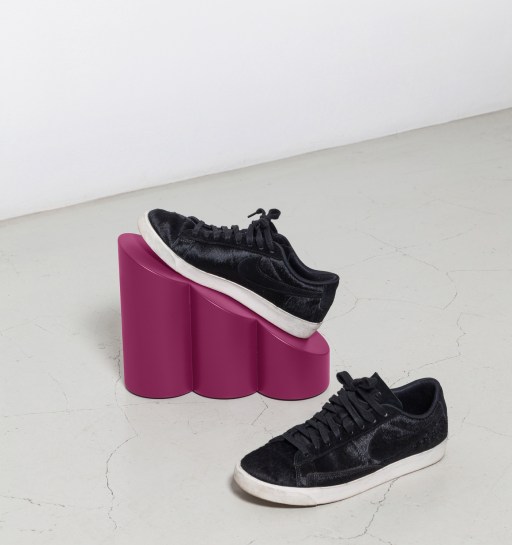Interview / STUDIO ZAVEN (IT)
Studio Zaven was founded in 2006 by designers Enrica Cavarzan and Marco Zavagno. Their programme is multidisciplinary. They focus on researching the interactions between communication, design and art.
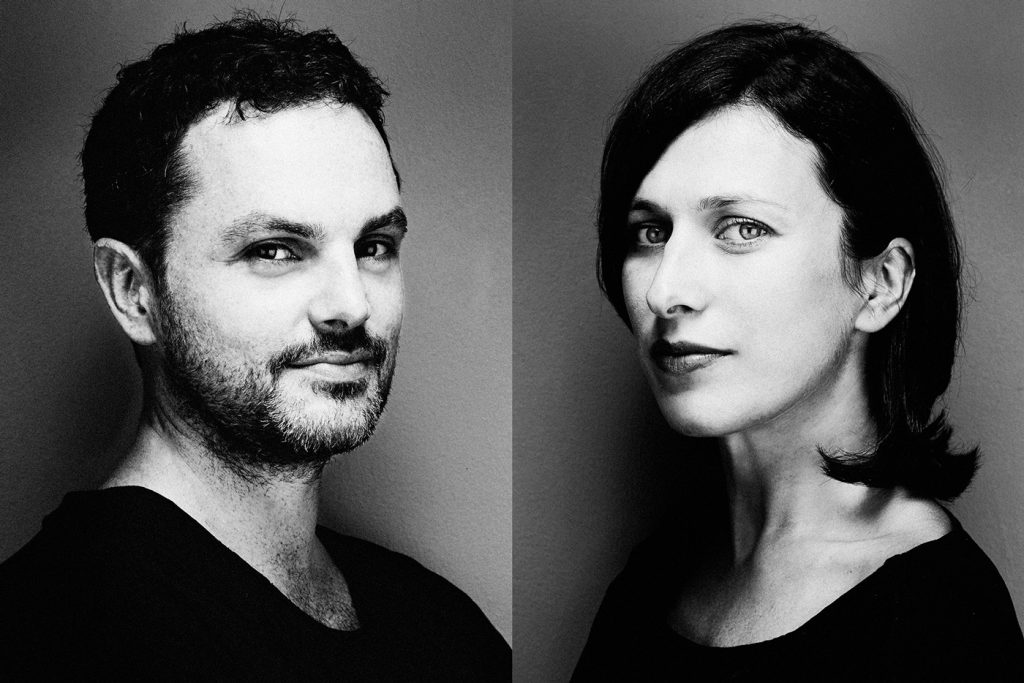
ĽH:When did you meet and how did your collaboration come about?
SZ:We studied together at the IUAV University of Venice. In the beginning we were friends and then we started to be together as a couple. Later on we set up a studio.
What was formative for you at that time?
We had excellent teachers like Michele de Lucchi, Denis Santachiara, Guido Guidi, Antoni Muntadas and many others. Then Marco was at Fabrica, Benetton’s research centre, for two years and spent a year in Barcelona in a design studio. After graduating in product design. Enrica obtained a Master’s degree in Fine Arts, again in Venice. We’ve really met a lot of interesting people since then, and our vision and approach are a consequence of what has inspired us the most over the years.
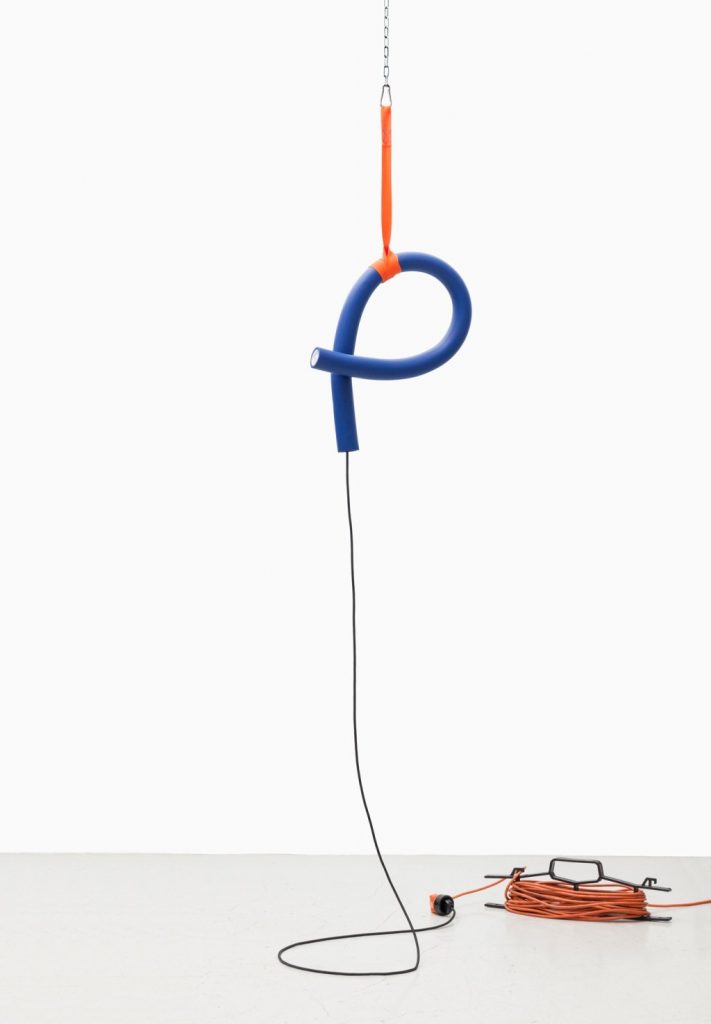
Collection of lamps MIME, material: ceramic.
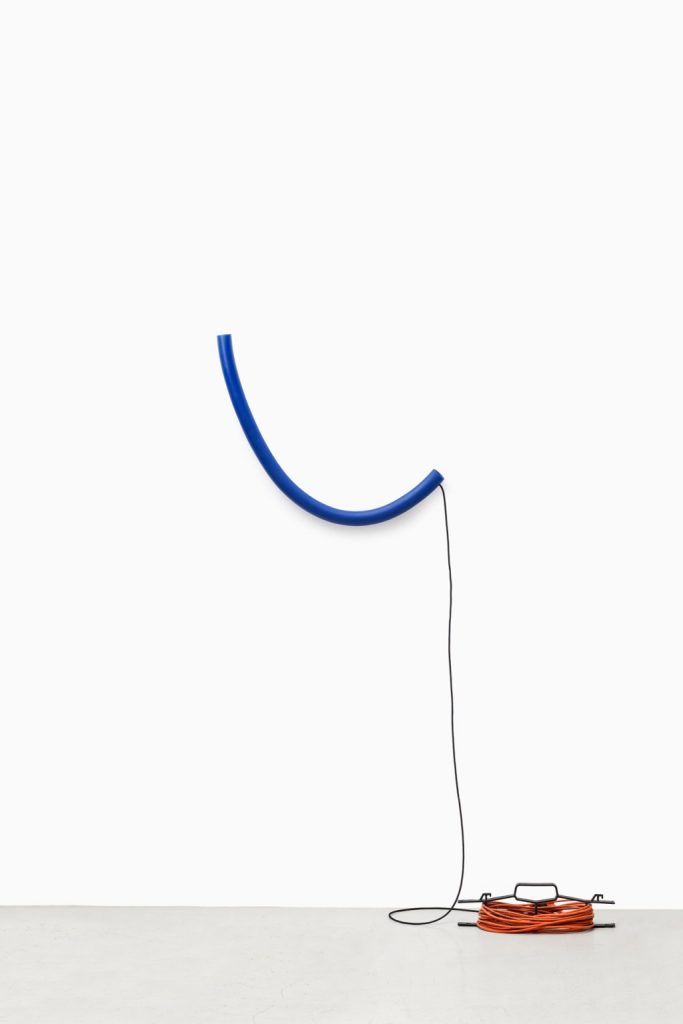
Collection of lamps MIME, material: ceramic.
You work primarily in Italy (but also internationally), it’s a design-soaked space – how do you perceive the current Italian design scene, for example, compared to the founders’ era (the era of super design)? Where are the current centers that are now the best schools?
What’s interesting today is that design is a global tool, it doesn’t matter where you live, it’s how connected you are with people and designers from all over the world. You can share ideas and experiences really quickly and it’s much easier to get to know different cultures and customs. Schools are a great place for concentration and culture. The best in Italy are probably Politecnico in Milan and IUAV in Venice. But ECAL in Switzerland and Design Academy Eindhoven are looking further into the future from our point of view.
Plus, your studio is in Venice, how does the local design scene work in an environment with a unique artisanal tradition and also in the shadow of massive global curatorial concepts of art and architecture (I’m thinking of the Biennale) – how do you work with this uniqueness?
Venice is unique, it’s always been in the middle of massive cultural production and there’s a large area full of big companies and artisans nearby who can help us materialize our ideas. It’s a really strategic location, close to the international airport and well connected to the rest of Italy by train. So it’s a pretty intense ground.
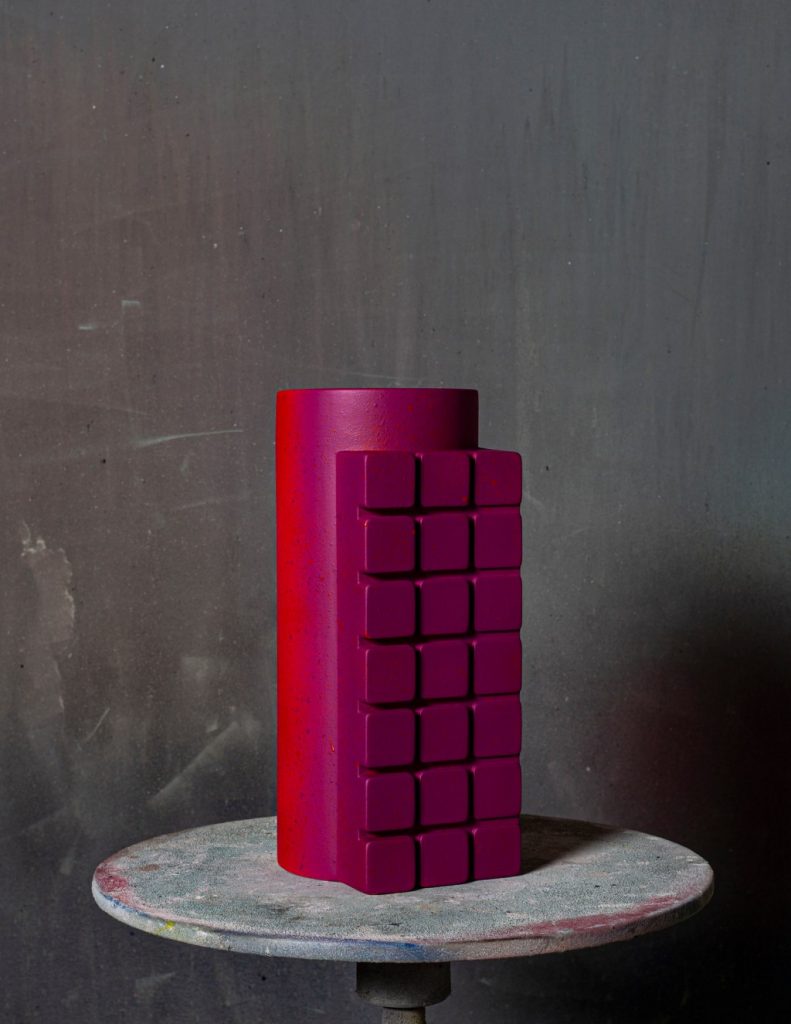
Grido vases.
- How did you like the current Biennale?La Biennale is a great source of inspiration, you can always find great works, this year we particularly liked the Swiss, Polish and French pavilions and the works of the Italian artist Ludovica Carbotta.

The P.0.P collection of small accessories won the Wallpaper DESIGN AWARDS 2019.
-

The P.0.P collection of small accessories won the Wallpaper DESIGN AWARDS 2019.
Do you travel a lot? What do you notice when you travel?
Travelling is energising, it’s an incredible way to learn new things, we especially enjoy just walking the streets and also visiting markets … but travel is also a time when we are more relaxed and have a more open mind for thinking of new ideas…
You were recently in Bratislava. Marco what do you remember from this city?
I had the opportunity to visit the Slovak Radio building, incredible architecture with a fantastic auditorium. And I also had a good time walking around the streets of the Old Town. I used to observe people, noticing how they functioned in their quiet routine.
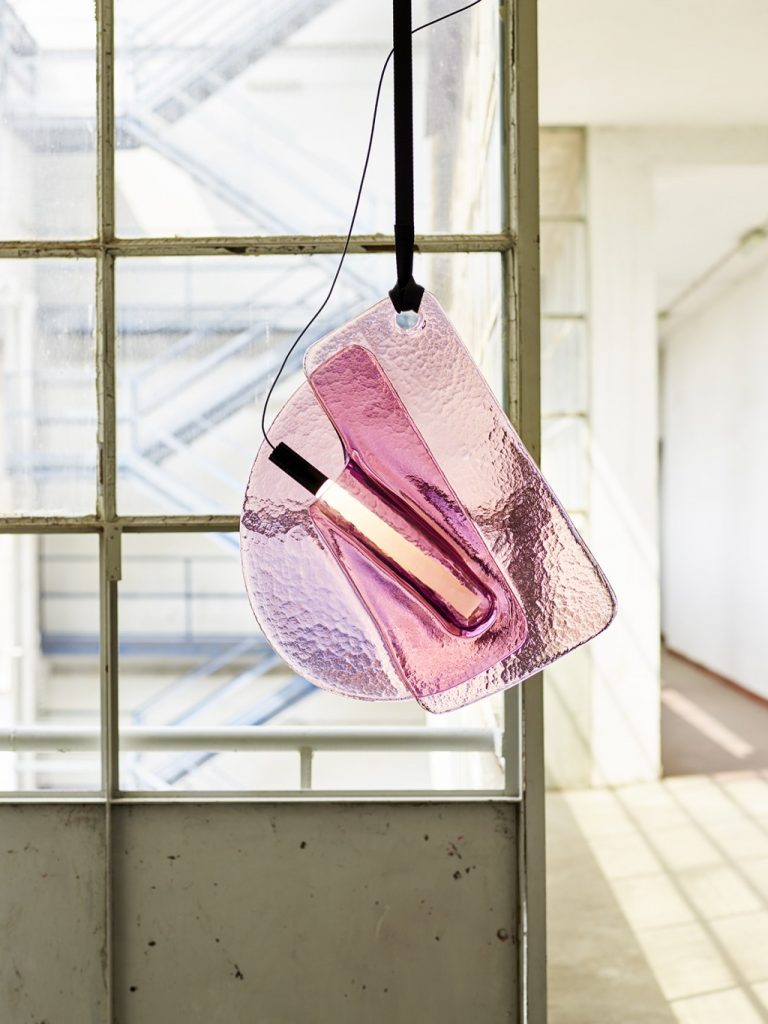
Dune luminaires, formally reflect a design approach of layering ideas.
What interests you in contemporary art?
We follow current research and probably most of all we try to understand the new language artists use to communicate.
You have set up your programme in a multidisciplinary way – you analyse and explore the interactions between communication, design and art. How do you integrate the client into this?
We like to move between disciplines and think that everything around is really fluid. In every project we get inspiration from different backgrounds and basically build bridges to connect them. Sometimes we’ll produce a little book containing these explorations and then give that to the client as a kind of visual record of the project.
Which project was unique to you and what did it teach you?
We’ve learned something in every project. Every object or drawing always teaches us something. Every person we’ve worked with has left us with something. Sometimes bad memories, but mostly something meaningful. And every research left us with an idea in our minds, which we then maybe developed in the next project.
In addition to producing, you also teach. How do you design your courses?
We try to explain our working methodology to our students so that they understand that you can find a solution if you look at the assignment from different angles. Sometimes it’s useful to start completely from scratch, with some crazy idea, to get to an interesting solution. For example, we work as a pair and it is important in our approach that each project is based on sharing ideas and gradually adding layers where both our knowledge and individual attitude are concentrated.
How do you see design full of activism in the current climate crisis? Does it have any influence on your attitudes and approaches?
First and foremost, we are human beings and citizens ourselves and we try to live with respect for the environment, the world. As designers, we always consider what will be the best solution with minimal impact on energy consumption and waste production. We make the choice of the right material and the production process subject to this; it’s always a big challenge.
What makes you happy?
Being with our children, working on a new project, meeting someone interesting and some good food …
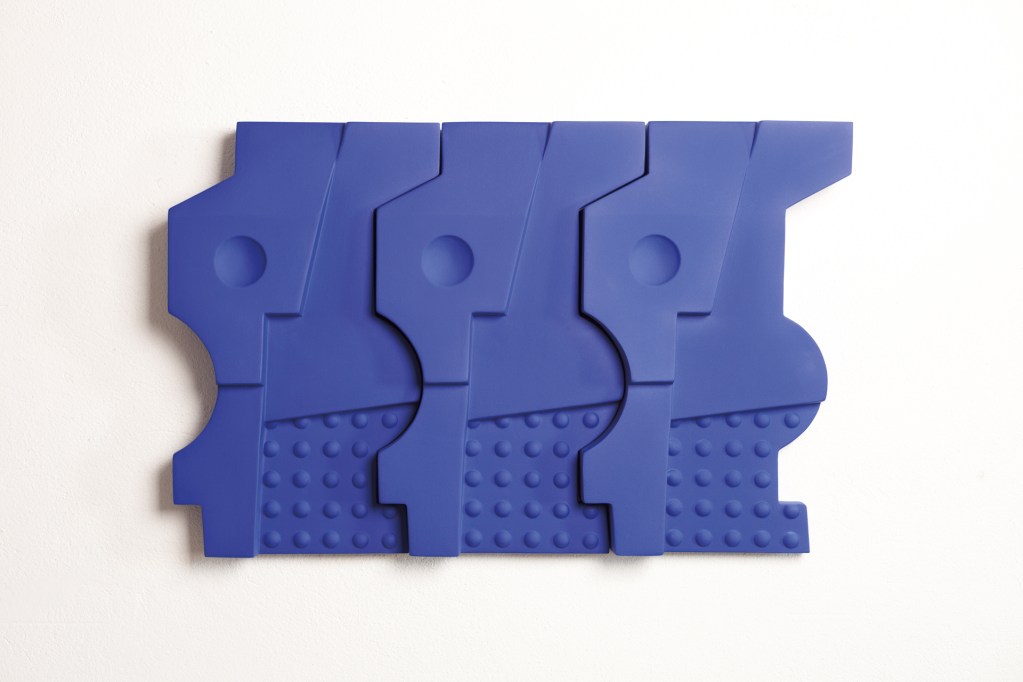
The ceramic tiles Practice, Practice, Practice were created as a tribute to Nino Caruso, a political activist and artist who experimented with ceramics. They won the Wallpaper Design Awards 2018.
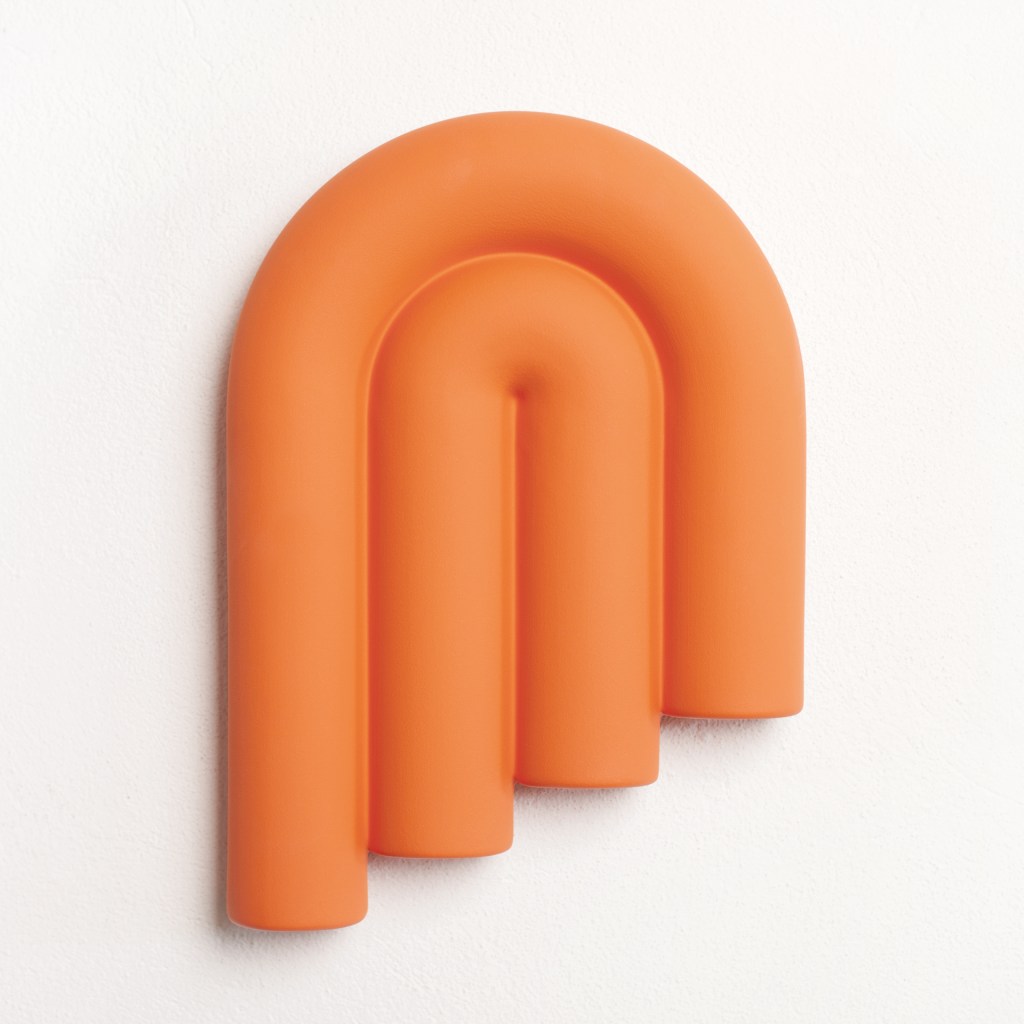
The ceramic tiles Practice, Practice, Practice were created as a tribute to Nino Caruso, a political activist and artist who experimented with ceramics. They won the Wallpaper Design Awards 2018.

